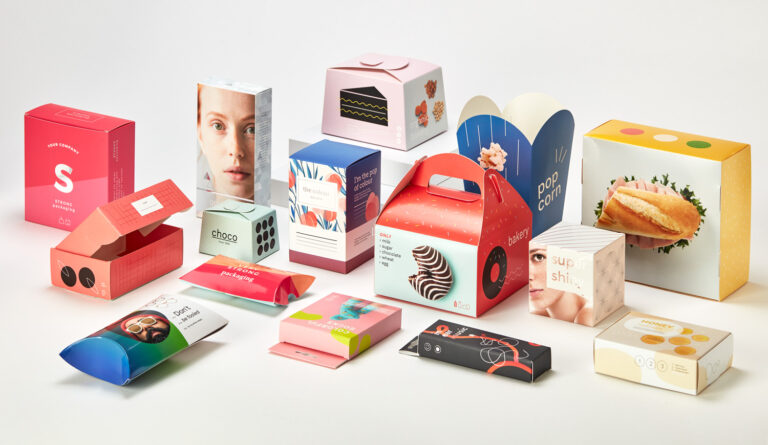In the realm of product marketing and branding, the role of packaging cannot be overstated. It’s not just a protective covering, but a crucial aspect of customer experience and brand identity. The types of packaging printing play a pivotal role in this dynamic.
Different printing methods significantly influence packaging appearance, durability, and cost, shaping the consumer’s perception and interaction with a product. This article delves into the varied world of packaging printing methods, each with its unique strengths and applications.
1. Flexographic Printing
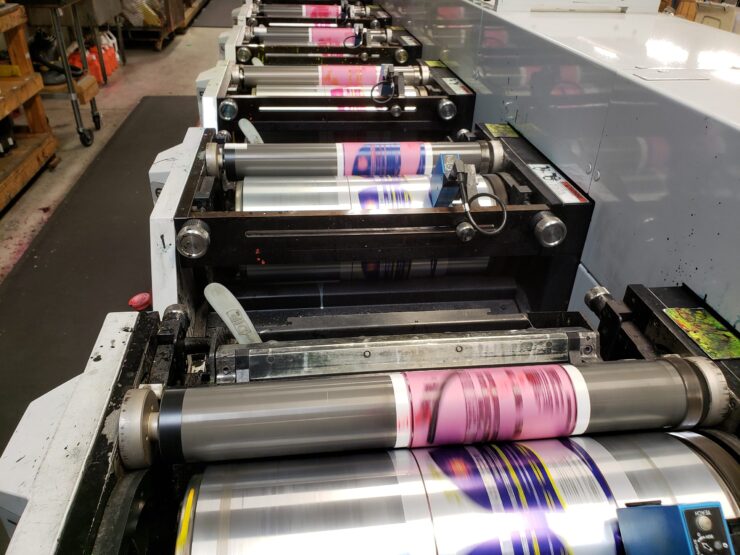
Flexographic printing is a versatile and widely used process in packaging. It involves a fast-drying, rotary, relief printing method. The key advantages of flexography include its speed, ability to print on a wide range of materials, and efficiency in large runs.
This method is particularly effective for printing on non-porous materials used in food packaging, labels, and shopping bags. Materials like plastics, metallic films, cellophane, and paper are all suitable for flexographic printing. Its adaptability makes it a cornerstone in the packaging printing industry.
2. Digital Printing
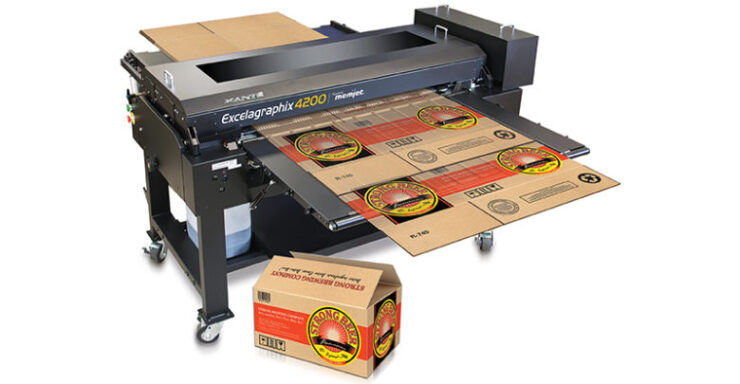
In the world of digital printing, technology rules. Digital printing works by directly transferring a digital image onto the packaging material, making it ideal for high-detail graphics and customization. This method shines in short runs and on-demand printing, offering significant benefits in terms of flexibility and time efficiency.
However, it may not be cost-effective for large-scale production and has some limitations regarding the materials and ink durability. Digital printing is perfect for personalized packaging, small-scale projects, and prototypes.
3. Offset Lithography
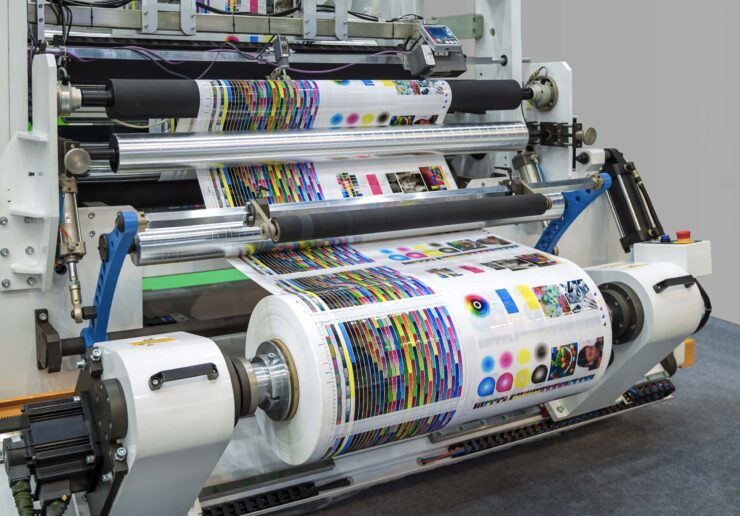
Offset lithography, a stalwart in the printing world, is known for its high-quality output and efficiency in high-volume projects. It works by transferring an image from a plate to a rubber blanket, and then to the printing surface.
This method is highly regarded for its precision and ability to produce sharp, clean images. Its cost-effectiveness increases with quantity, making it a go-to choice for large-scale packaging projects like consumer goods boxes and high-end labels. The quality it delivers is unmatched, especially when balancing detail and volume.
4. Gravure Printing
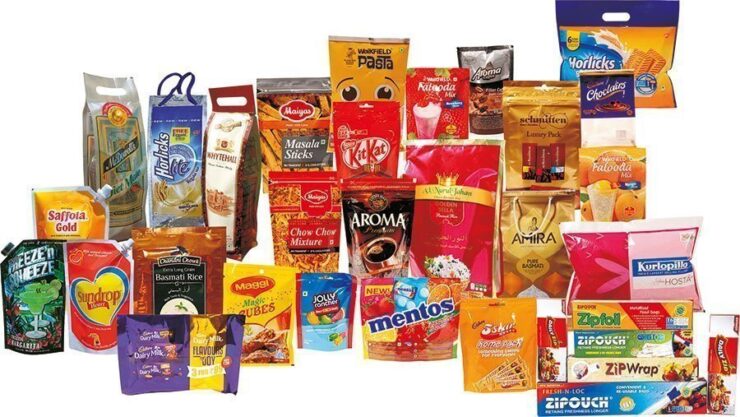
Gravure printing is distinguished by its unique ability to produce high-quality, continuous-tone images. It involves etching an image onto a cylinder, which is then inked and pressed onto the substrate. This method is ideal for large-volume printing with unparalleled quality, often used in high-end packaging and publications.
The cost implications are higher due to the cylinder preparation, but for large runs, it’s incredibly efficient and delivers superior quality, particularly for detailed imagery and large area coverage.
5. Screen Printing
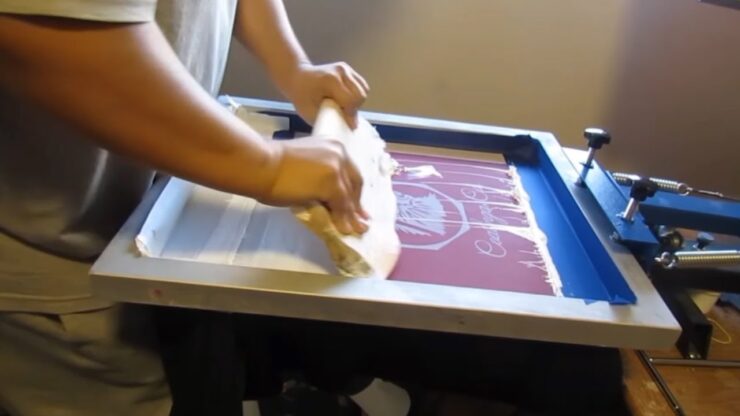
Screen printing stands out for its versatility and tactile effects. It involves pushing ink through a mesh screen onto the substrate. This method is excellent for a variety of packaging materials, including textiles, balloons, and thick paper.
Screen printing is particularly valued for its vibrant colors and ability to create unique textures and finishes. It’s a popular choice for specialty packaging, promotional items, and garments, where a distinct look or feel is desired.
6. Rotogravure Printing
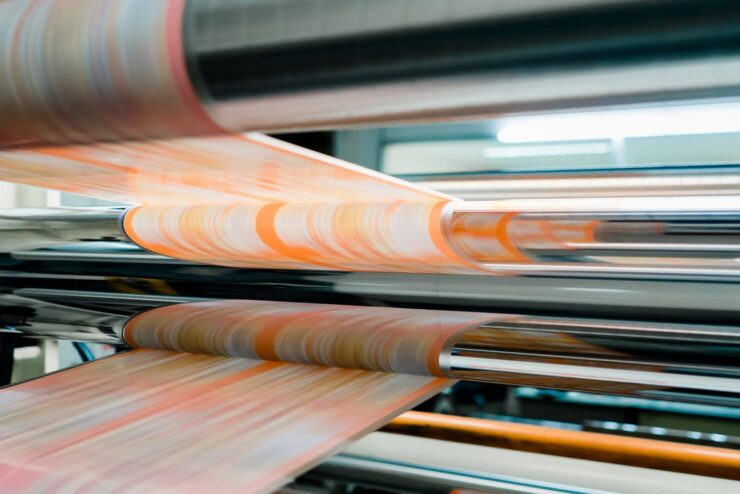
Rotogravure printing, a high-end, high-volume technique, is a standout in the realm of packaging printing techniques. This process involves engraving an image onto a cylindrical plate, which is then inked. Excess ink is removed, leaving ink only in the recesses. The substrate contacts the cylinder, transferring the image directly onto it. This method is renowned for its exceptional quality and ability to handle long, consistent runs with ease.
Advantages of rotogravure include its unparalleled image sharpness and quality, making it ideal for high-end packaging needs. It’s particularly suited for large-scale projects such as high-quality food packaging, decorative laminates, and magazines. Common materials for rotogravure include cellophane, foil, and various types of films and papers.
Comparative Analysis
When comparing the various packaging printing techniques, several factors are key:
- Cost. Digital printing is often more cost-effective for shorter runs, while offset and rotogravure are better suited for high-volume orders. Flexographic printing offers a balance, being economical for medium to large runs.
- Quality. Offset and rotogravure deliver superior quality, ideal for detailed and high-end packaging designs. Flexographic and digital printing provide versatility and adequate quality for various applications.
- Speed. Digital and flexographic printing lead in speed, offering rapid turnaround times. Rotogravure and offset are slower but excel in large-volume production.
- Sustainability. Digital printing is generally more environmentally friendly, with reduced waste and energy usage. The industry is making strides in making flexographic, offset, and rotogravure more sustainable.
Choosing the right method depends on the specific requirements of the packaging project, including budget, volume, and environmental considerations. To learn more about the difference between offset and flexo printing, you can read the article “Offset vs Flexo Printing”.
Environmental Considerations

The environmental impact of different packaging printing methods is a growing concern. Digital printing, with its lower waste and reduced energy consumption, is often seen as more environmentally friendly.
Flexographic and offset printing are adapting with advancements in sustainable inks and materials. Although rotogravure printing can have a higher environmental footprint, efforts are being made to improve its sustainability through better ink systems and waste management practices.
Future Trends in Packaging Printing
Emerging technologies and sustainability are shaping the future of packaging printing. Digital printing is poised for growth with advancements in speed and quality. Customization and personalization trends continue to drive its popularity.
Sustainable practices are becoming a standard, with a focus on eco-friendly materials and processes across all printing methods. Additionally, developments in smart and interactive packaging are opening new avenues for consumer engagement.
Conclusion
The landscape of packaging printing is diverse and dynamic. Each method, from flexographic to digital, rotogravure, and offset, has its unique strengths and applications. As the industry evolves, it will continue to balance the demands of quality, efficiency, and sustainability.
The future of packaging printing lies in its ability to innovate and adapt, ensuring that it remains a critical component of product marketing and branding in an increasingly environmentally conscious world.

